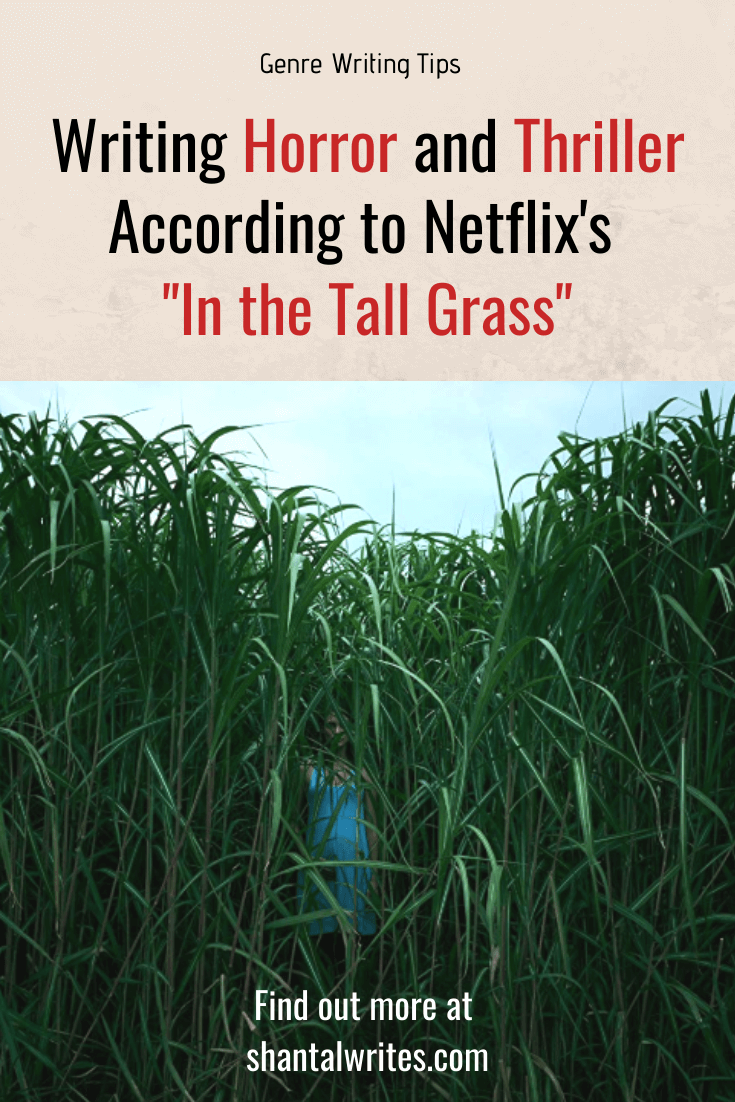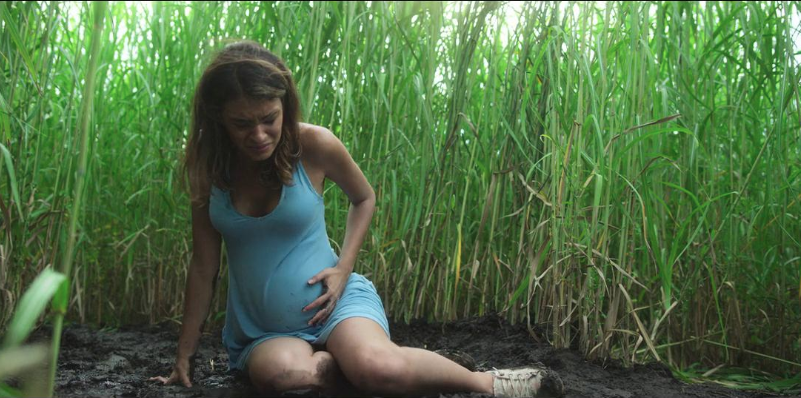
This week I watched Netflix’s “In The Tall Grass” (2019), an adaptation of Stephen King and Joe Hill’s (King’s son) novella of the same title. This horror-thriller is about a brother and sister who, after hearing a boy’s cry for help, enter a tall-grass field and soon discover there might be no way out.
I won’t go into a full review because I want to talk about what this film taught me about storytelling, but I will say that while this was certainly entertaining due to it’s scary premise and good performances, this film gets bogged down by too many supernatural elements. Like the characters, I got lost and eventually didn’t care about what happened to them. Regardless, In “The Tall Grass” taught me a few things about writing horror and thriller.
1. A character is usually dealing with a problem before the event that disrupts their life

In this movie, our protagonists, Becky and Cal begin the movie with a problem. Becky is pregnant and because of her “deadbeat” boyfriend, she’s decided to give her baby up for adoption. Becky’s problem is that she’s pregnant with a baby she didn’t plan for, with a guy who doesn’t want it, and she’s unsure that giving it up is the right decision. Cal is upset that he couldn’t protect his sister, even though he tried to warn her about her boyfriend. These problems continue to be an underlying factor for the conflicts that ensue after they get stuck in the tall grass. Becky’s baby’s life is threatened every step of the way and Cal struggles to protect Becky from the evil that lives within the field.
I noticed that a character having a problem before the main events of the story adds tension. A character is already dealing with an issue they’ve been failing to solve, so, when something far worse happens, the stakes are higher. This makes for an interesting horror or thriller.
2. A character has a secret that is contributing to their problem and is later revealed by the plot

One thing I noticed about this film (and other horror/thriller films and short stories) is that a character usually has a secret that is contributing to their problems. A character struggles to resolve the main conflict because they have not yet confronted this secret. This secret usually reveals the protagonist’s character.
In “In The Tall Grass”, Becky and Cal’s secrets reveal their character. A secret the movie alludes to, but doesn’t really “go there” with, is Cal’s incestuous affection for his sister. He is confronted by it when the villain demands Cal repent for his “sins” if he wants to get out. Cal doesn’t overcome this truth about himself, but instead gives into it motivating him to nearly murder Becky’s boyfriend just to keep Becky to herself. Becky’s secret is that she thought about having an abortion at some point. This revelation is even more compelling when Becky is force fed her dead baby by a possessed Cal.
3. A character is being punished

Now, this particular element of horror and thriller was actually taught to me by a writing teacher, but can be seen in this film. The idea is that, in horror and thriller, a character is usually being “punished” for something (sometimes related to their secret). The “freaky event” they’re faced with is specific to them in some way. I, myself, struggle to make my thrillers specific to my characters. You could virtually swap them out with another character and nothing changes. A good way to fix that is to ask myself, what is my character being punished for? Why is this freaky event specific to them?
The freaky situation the characters from “In The Tall Grass” find themselves in seems like a good punishment for these characters. Being stuck in this field with no way to escape, it forced them to have to face the truth about themselves. Now, this wasn’t exactly well done in the film. I think when you punish a character, they either confront their flaws and repent, or they don’t and suffer the consequences. Though Cal did go through some scary experiences, after being confronted with the truth, he doesn’t repent, doesn’t redeem himself and yet (spoiler) he gets a happy ending. Nevertheless, this film is a good example of a character being punished.
In Summary
So, next time you’re writing a horror or thriller, consider these three things. You can start your story with a protagonist who is already dealing with a problem, who is also keeping a secret and then punish them with your main event where they are forced to confront truths about themselves. This can make for a thrilling and interesting story.
Do you write horror and thriller? What do you think about these tips? Let me know in the comment section!

Hi! Shantal here. I’m a writer and a storyteller. I created Shantal Writes to share my experiences with writing fiction. I also provide new writers with tips, tools, and writing advice. I hope you find something helpful while you’re here!
More On Shantal Writes





